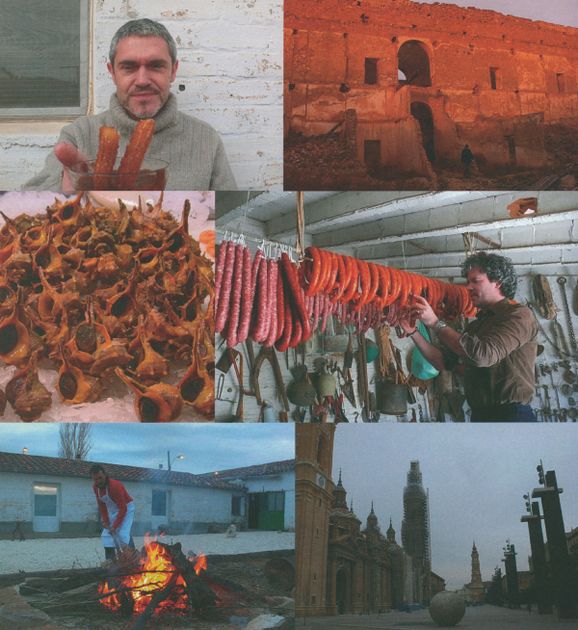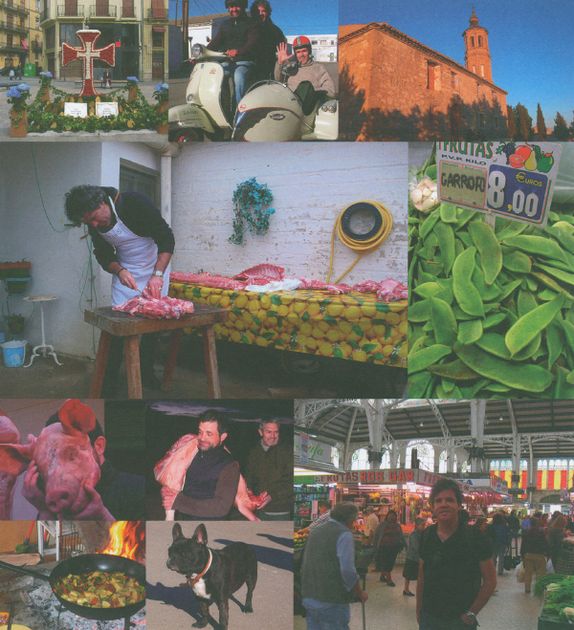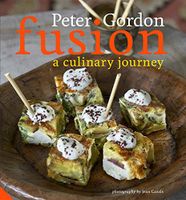🍜 Check out our Noodle bookshelf, and save 25% on ckbk Premium Membership 🍜
Spain
By Peter Gordon
Published 2010


It is Spain people cite when they wish to pinpoint 21st century culinary innovation, experimentation and other-worldly dining experiences. People celebrate foaming liquids, hot gels set with seaweed extracts, pipettes of smoked this and bizarrely flavoured that. They eulogise pearls of pea pureée and melon ‘caviar’ held together with yet more seaweed and other chemicals that cause the mixture to stay runny in the centre. They excitedly extol egg yolks that taste of asparagus and a soup made from algae-covered rocks dredged up from the bottom of the ocean, partnered with tuna spine fluid (all of which I’ve experienced). France, of course, long maintained the role of culinary world leader and for good reason. For hundreds of years they worked single-mindedly at improving their traditional dishes: sauces more refined, smoother pureées, flakier pastries and less icy sorbets. Sous vide cooking (cooking in ‘plastic bags’ at low temperatures) become de-rigueur in kitchens all around the world (although I have to admit to having a huge dislike for all the plastic waste it produces). France set the standard for restaurant meals for hundreds of years, so it must be galling for them to see Spain taking this mantle from them. It is towards the various Michelin-starred, award-winning restaurants from Jerez in the south to Barcelona and Roses in the north-east, Madrid in the centre and Galicia in the north-west that young chefs head. Paris has given way to St Sebastian of all places - and it’s easy to see why.
In this section
Advertisement
Advertisement


